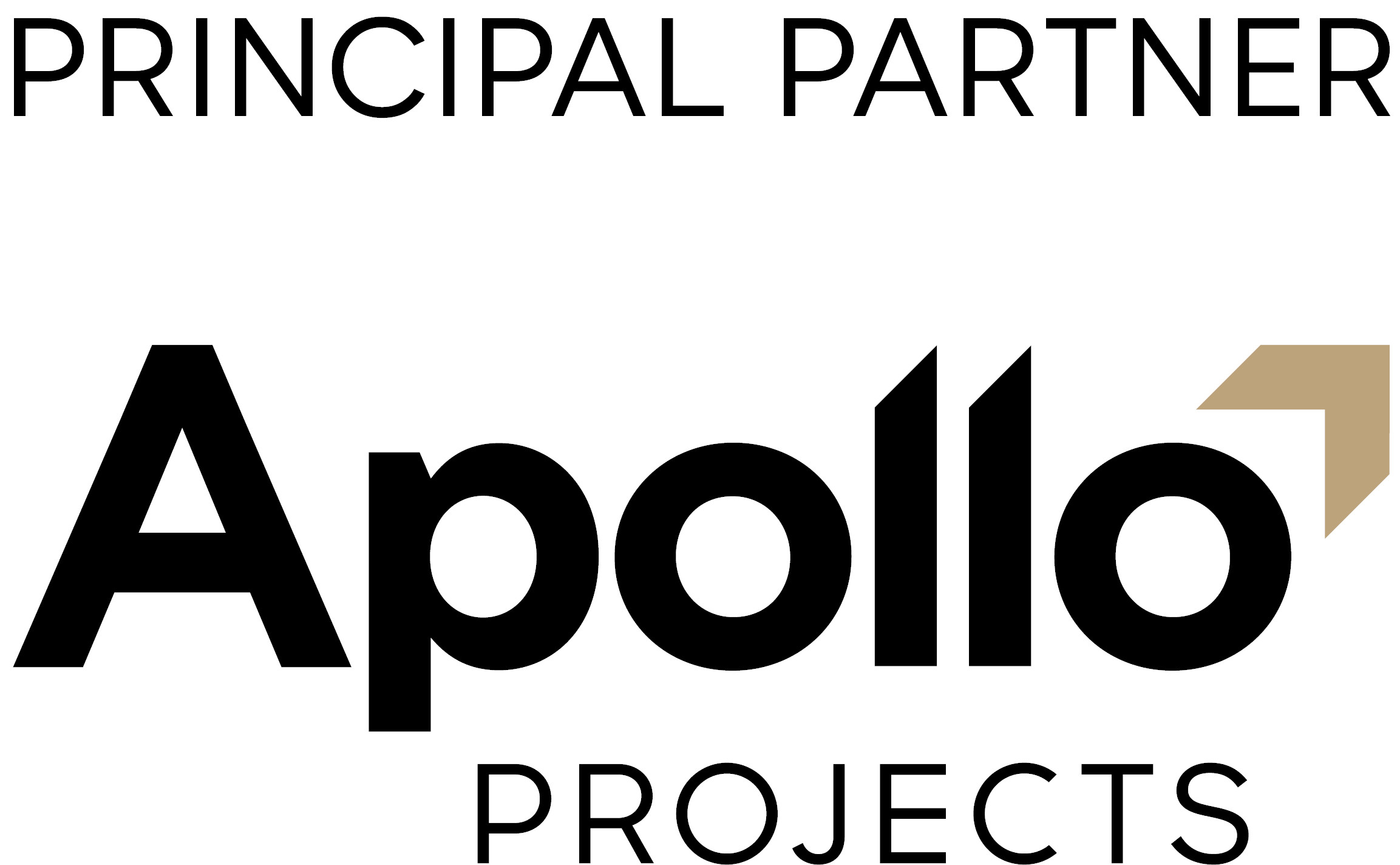
![]() SNZ Events
SNZ Events
![]() Epic Swim
Epic Swim
![]() High Performance
High Performance
Sports Massage Guidelines
Sports massage aims to promote athletic ability by reducing training induced fatigue/soreness, promoting exercise recovery, assisting optimal joint range of motion, preventing injury occurrence, and preparation for competition.
Timing and application of sports massage is crucial when used to assist athletes perform at their very best. Your Sport’s lead massage therapist can assist you set up a massage plan for frequency and duration, based on your main training and competition goals.
Many different scenarios are possible when accessing massage but we have attempted to provide information on best case practices for training and competition preparation/execution.
Training
In training, massage duration is suggested to be between 30-45 minutes maximum and initially 2 times per week. This frequency and duration allows for recovery and any injury treatment/prevention massage being applied usually midway through the training week and at the end of the training week. Accessing massage during a training week prevents excessive soreness and build up of tension, preventing injury exposure whilst assisting recovery to ensure the second half of the training week allows quality effort. Consideration for the training session to follow your massage must be given, as massage can often disrupt how your body/muscles feel and the effort that can be applied in training. Reduced duration of 30 minutes can lessen the impact that sports massage can have on the following training session, as can a slightly lighter massage. Massage at the end of your training week has the same effects as mid training week massage but usually allows an extra day of recovery from training and the massage, before the next training session. End of week massage can be firmer (to suit Athlete) and up to 45 minutes if needed. Depending on training some athletes access 1 hour massages, which can be necessary if there are larger areas to be addressed or injury treatments require such time. Caution should be exercised with longer duration massages and firmer pressures, as these will impact on following training sessions, and not always positively.
Everyone responds differently, so try different options when in less important training sessions and find the best fit for you.
In addition to massage the athlete will need to be actively assisting their own recovery with good nutrition practices and any rehabilitation exercises/ stretches prescribed by support team members (physiotherapy and massage practitioners). To be effective ALL support team members need to be in communication with each other to ensure we are all working towards the same goal and have a good understanding of athlete goals.
Competition
In competition, sports massage needs to be well thought out and planned to have the greatest positive impact possible. If you are planning to access massage during competition you MUST have accessed massage regularly in your training buildup, so that you are aware of how it helps or hinders your performance.
Sports massage in competition can be accessed days or hours prior to your race. Days prior to racing massage duration can be up to 30 minutes maximum, allowing fine tuning of muscle length and condition. Massage accessed on the day of competition will typically only be 5-10 minutes maximum, with intention being to warm up and lightly loosen/stimulate muscles prior to racing. Sometimes this is achieved using dry techniques, like jostling or wobbling/shaking of muscles.
Most often massage is accessed after racing, once the athlete has completed post race nutrition and physiological warm down protocols. This massage is of light/medium flushing type and can assist recovery from high exertion activity, also preparing for any racing that may follow. The duration of post race massage is typically between 20-30 minutes.
As with in training massage, everyone responds differently to massage in competition, and so it is advised that athletes have practiced massage in competition at lower level competitions.
Any injury treatment massage should have been completed in training and is not ideal in competition.
Assistance
There are variations to every situation and massage effects must be considered along with the state of athlete health/fitness, before any techniques are applied. Please ask your sport’s lead massage therapist for additional guidance and planning.
For more information please email Clint Knox, HPSNZ Key Provider Massage Therapist: clint.knox@hpsnz.org.nz